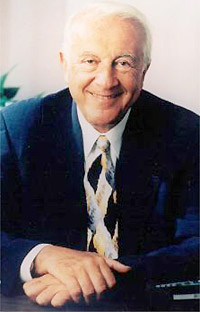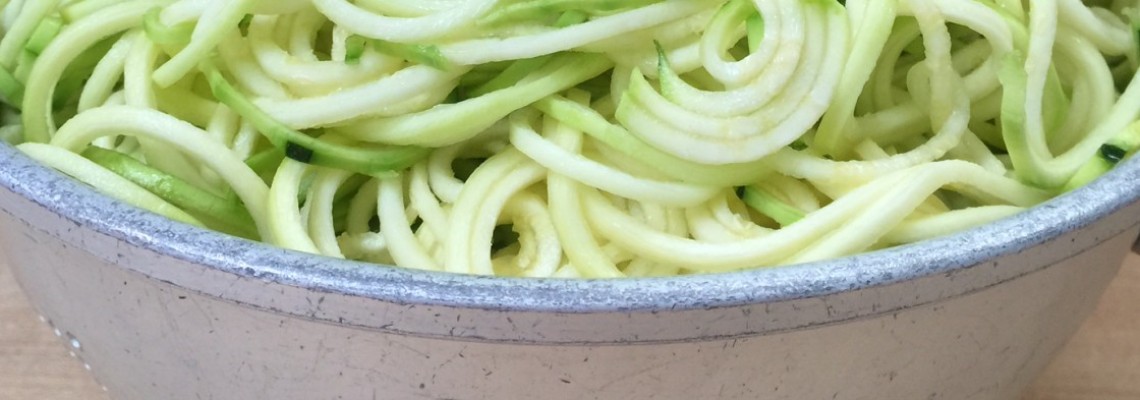Atkins Vs Keto
The reason we started consulting with individuals, families, and groups is because we absolutely love the positive changes we have been able to make in our lives and those around us. Really, we just had to share.
One of the most common questions we get is, “What is the difference between this (Keto) and Atkins?
Many aspects are similar between Keto and the Phase 1 and 2 of Atkins.
I actually really like the book, The New Atkins for a New You, by Colette Heimowitz. This book was my reference for this post.
Dr. Robert Atkins gained a significant amount of weight after starting his medical practice, and through research, created a diet that was based on the removal of sugar and starch from meals. Atkins believed that starchy carbohydrates were the main culprit of weight gain.

Dr Atkins
Atkins has four phases:
Phase 1 Induction: Dropping the carbs, increasing the healthy fats, and watching the calendar. Keep carb count between 18 and 22–Basically totally Keto!
Phase 2 Balancing: Add carbs back into your diet in 5 gram increments until weight loss levels slow. For some people, this can mean as high as 70 to 80 grams of carbs per day. (Kinda Keto depending on where you fall)
Phase 3 Pre-Maintenance: Add more carbs back into the diet in 5 to 10 gram increments until you are in your weight happy place.
Phase 4 Life time Maintenance: Transition to a way of eating that you can do forever. Adjust carbs as needed, hormonal changes, age, etc.
Dr. Atkins, in my humble opinion, was brilliant and way ahead of his time. He also did not die of a heart attack or stroke, he died from a Traumatic Brain Injury. He died after slipping on ice at the age of 72.
I also believe he is likely doing summersaults in his grave with all these Atkins boxes, bars, and packaged meals (oh my!) These were not his intention at all! Let’s stay away from pre-packaged please!

The Ketogenic Diet, on the other hand, came to be much earlier, around the 1920’s and was established more for therapeutic reasons, initially for Pediatric Epilepsy. The Ketogenic diet being prescribed to seizure prone children has since declined with the rise of anti-convulsion drugs that have been developed.
The Ketogenic Diet is wonderfully effective for weight loss, but has so many more benefits.
I personally started this diet once I was diagnosed with breast cancer. Cindy started after struggling with PCOS and being diagnosed as pre-diabetic. The therapeutic benefits of the Ketogenic Diet can help most people, if they chose to do it for a short amount of time or even decide to become “lifers” like we have.
On Keto, you limit your sugar and carb intake to roughly 20 grams or try to keep it at 5% of your food. 70% of what you eat should be fat, and the remaining 25% protein.
The way I have approached Keto was to consume fat and above the ground veggies. I do not worry too much about the actual macro nutrient counts (grams.)
Keto and the beginning phases of Atkins have the same theme. However, Adkins on face value, does not stress the importance of adding high quality fat and keeping people feeling satisfied.

Cindy and I both also feel very strongly about the quality of our food. While neither of us are perfect, we try to consume and serve our families as little processed food as possible.
The benefits of our new way of life have truly been astounding. I believe we have added years to our lives, become so much more efficient, and all around feel a ton better. Having clearer skin and weight loss were just an amazing bonus.
If you would like to learn more about our way of living, the therapeutic benefits of Ketosis, or just how to quit the sugar addiction please contact us.


